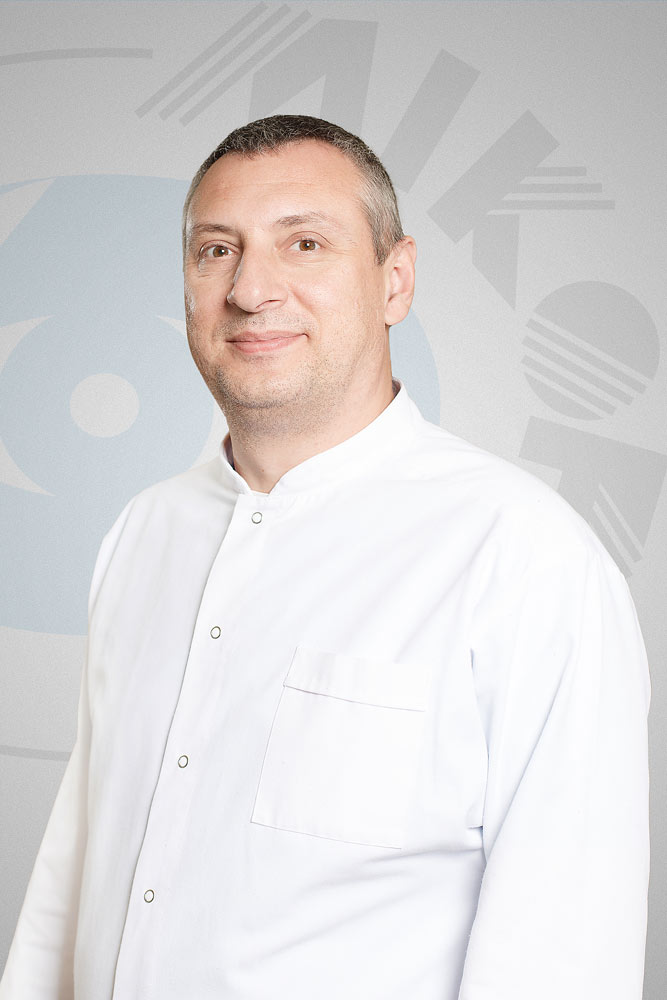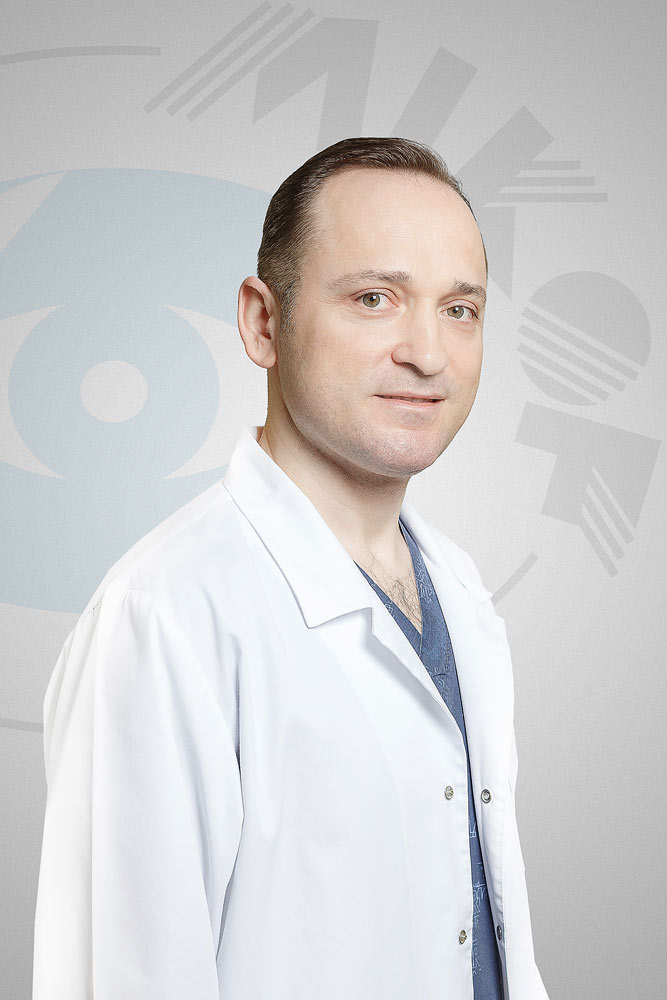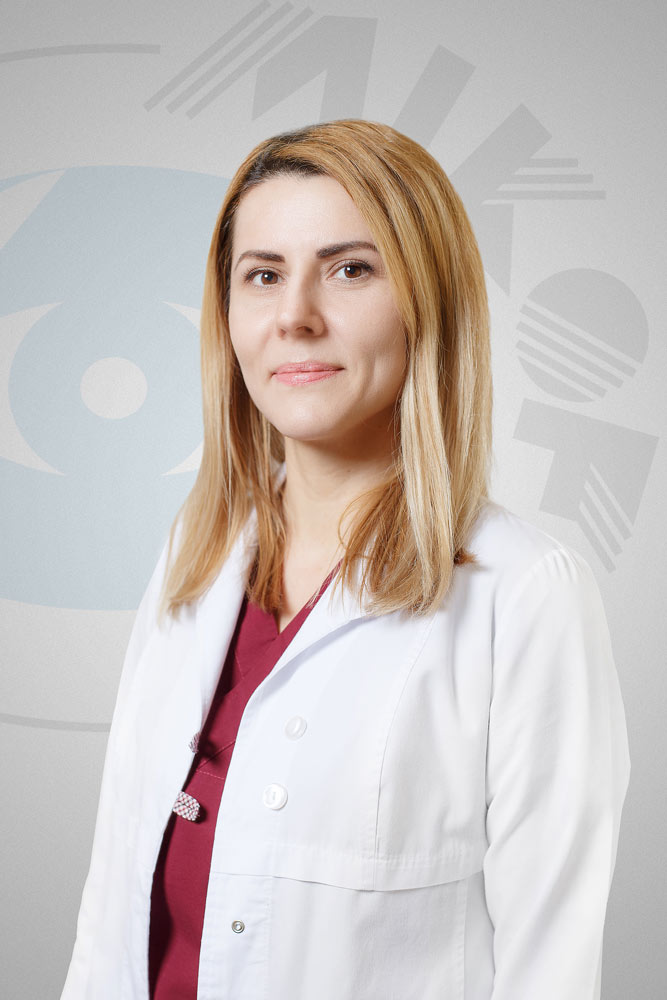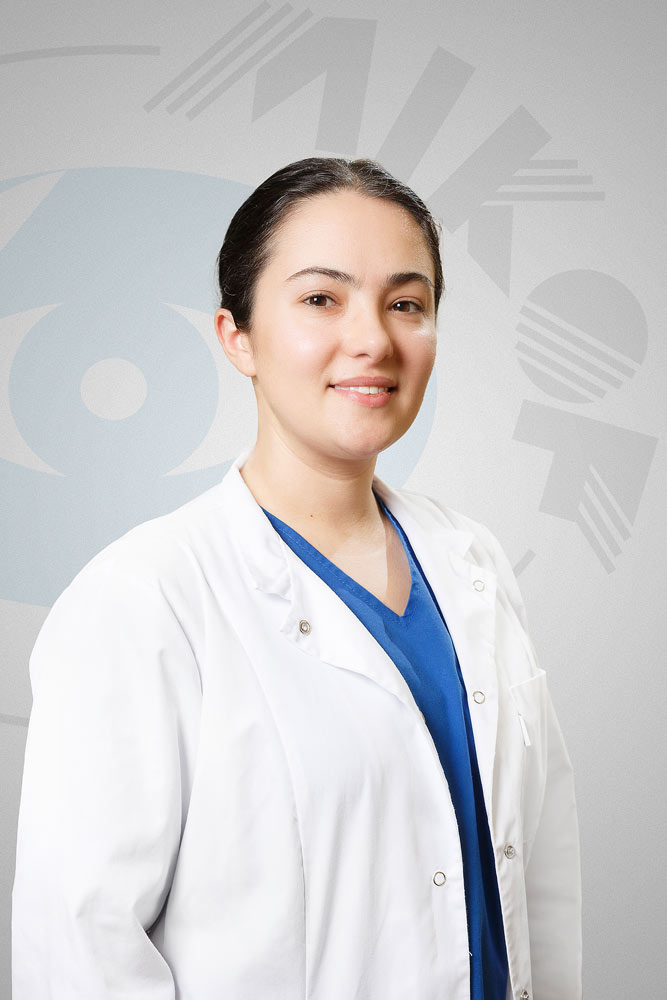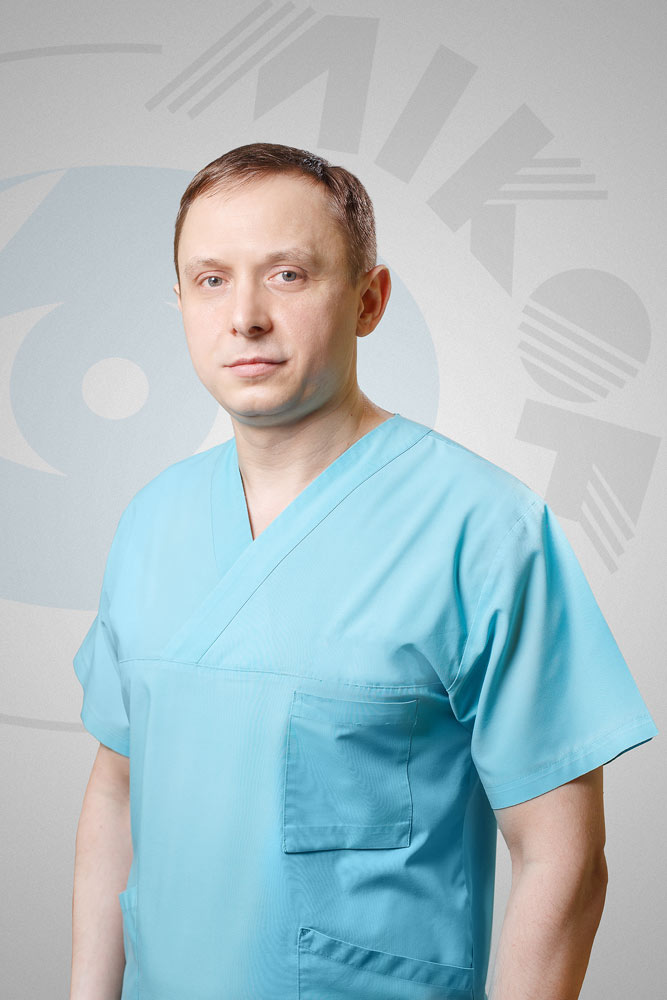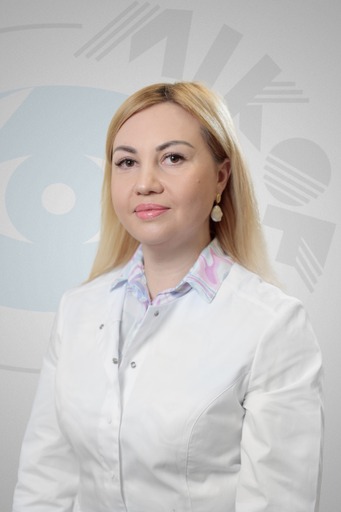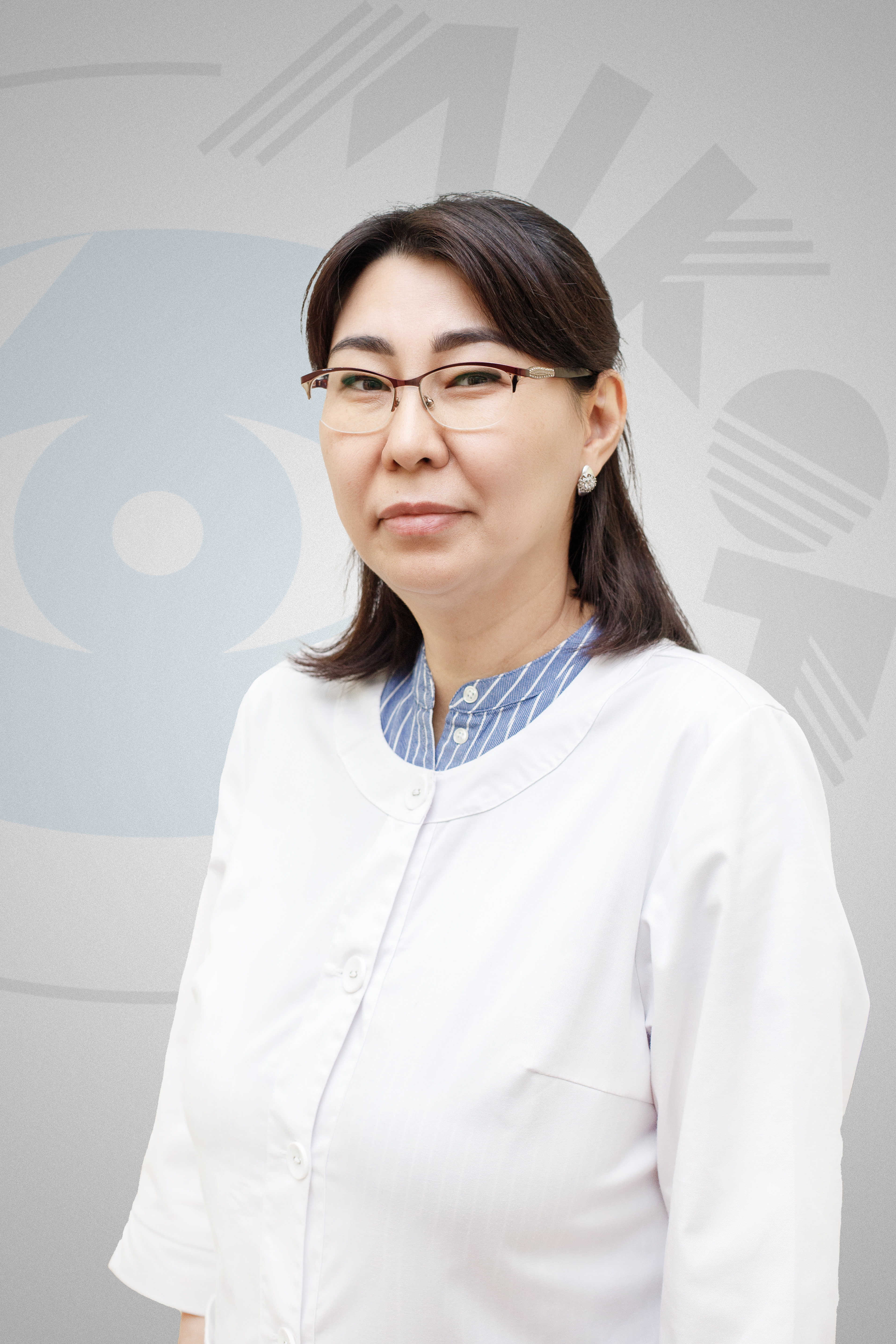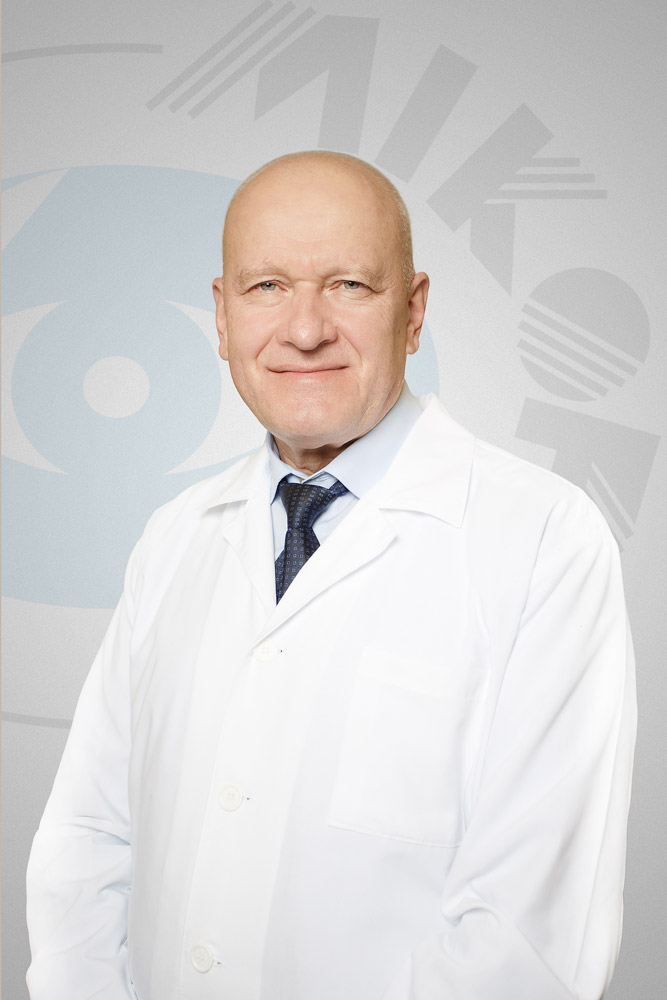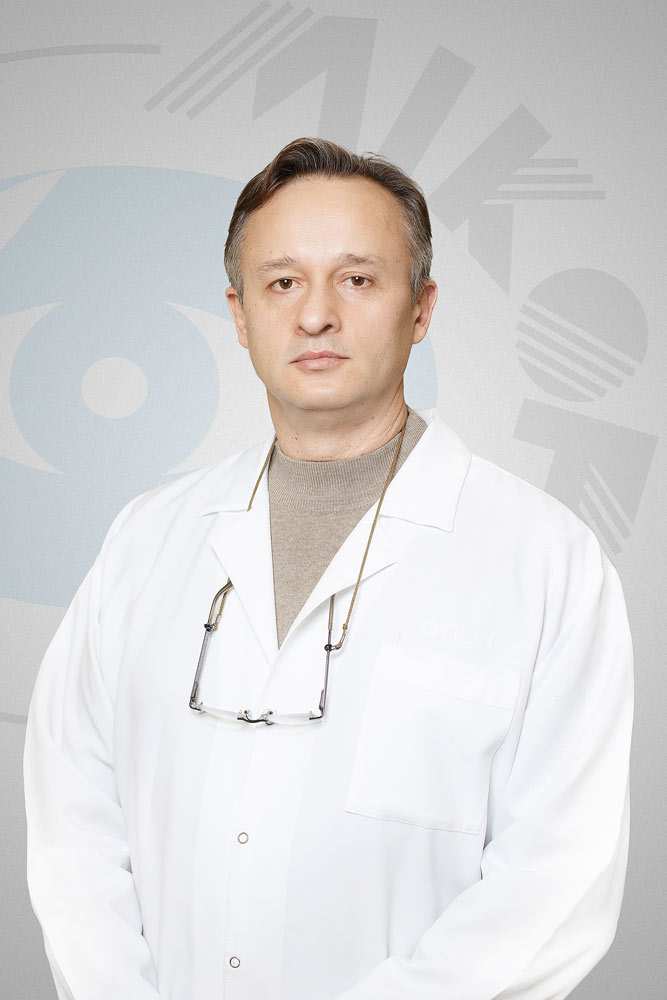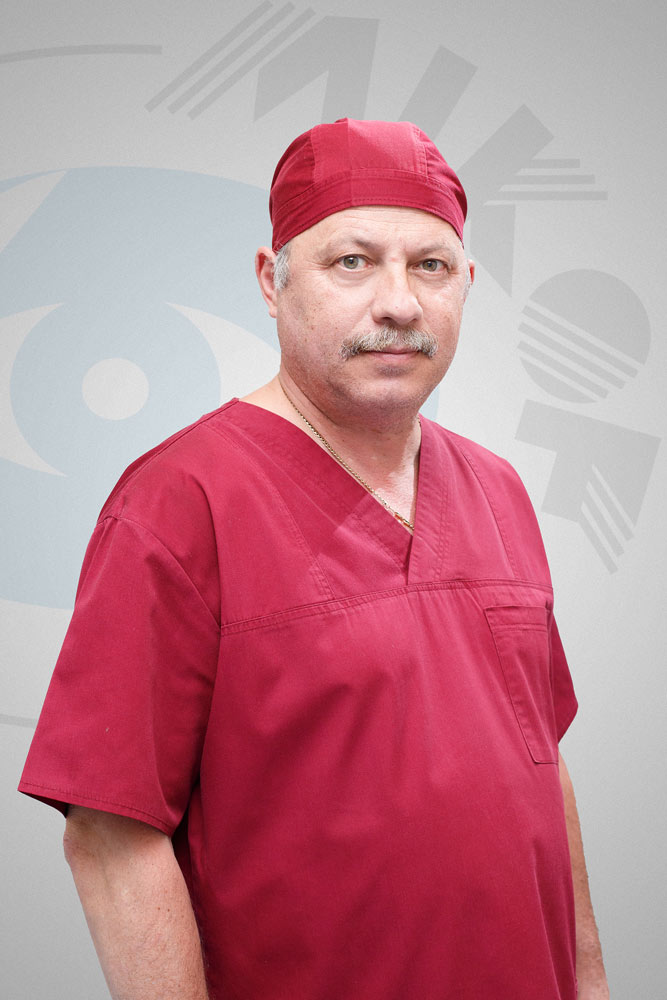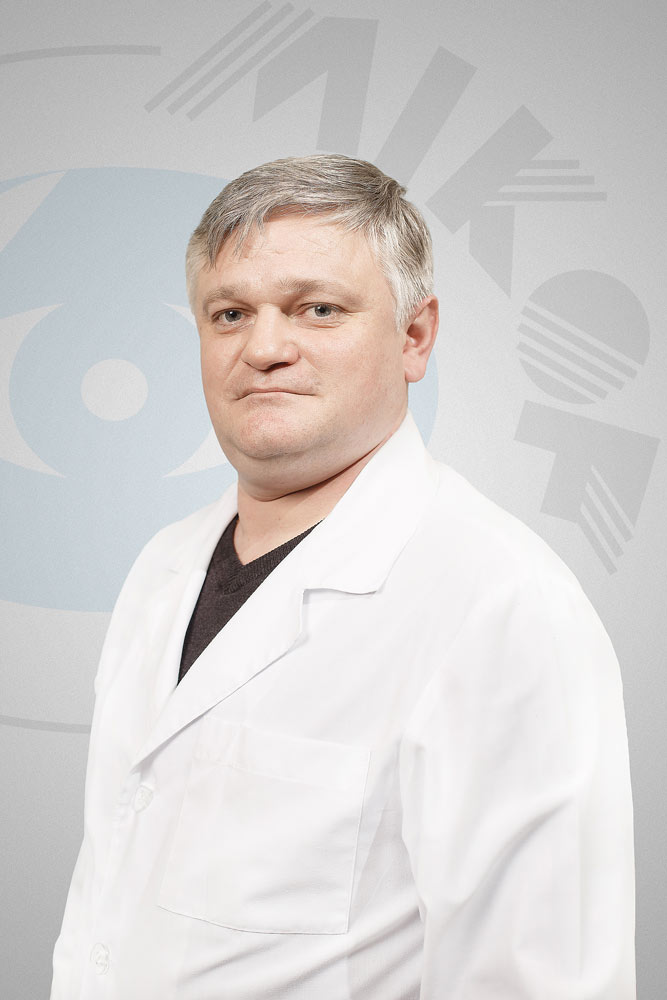Glaucoma is a chronic eye disease in which intraocular pressure rises, the optic nerve is affected, and vision is reduced, up to blindness. The blindness caused by glaucoma is irreversible, as the optic nerve dies. In this case, it is no longer possible to restore sight to the blind.
With glaucoma, patients need a systematic and long-term treatment under the supervision of a doctor. As a rule, it begins with the use of medications - eye drops are instilled, which reduce intraocular pressure, and tablets are also taken that improve the nutrition of the optic nerve and retina. In some cases, drug treatment is enough.
Specialists of MNTK "Eye Microsurgery" have developed and are successfully applying qualitatively new methods of treating glaucoma - effective, safe and less traumatic. These include laser surgery and classic surgery.
In the first case, the laser beam, freely penetrating the eye and acting on its drainage system, improves the outflow of intraocular fluid. Laser treatment of glaucoma is painless, short in time and is performed on an outpatient basis. Its advantage is that the eyeball is not subjected to surgical intervention.
However, a laser beam may not help all glaucoma patients. Such treatment can be effective only in the initial stages of the disease. For the vast majority of patients suffering from this disease, the most effective treatment method is surgery.
Surgery to created_at a new outflow pathway for intraocular fluid, performed as early as possible, will ensure the preservation of vision in patients with glaucoma. This fundamentally new operation, developed at the ISTC "Eye Microsurgery", was called "non-penetrating deep sclerectomy" - NSES. Its most important advantage is the holding without opening the eyeball, which eliminates the possibility of infection and significantly reduces the risk of complications. Non-penetrating deep sclerectomy is performed under local anesthesia, and the operation itself is performed using the latest surgical microscope. For this, special microsurgical instruments are used. The duration of the operation is an average of 20-30 minutes. In addition to non-penetrating deep sclerectomy, according to indications, other types of modern anti-glaucomatous operations are also used, including implantation of shunts that provide a stable and controlled outflow of excess fluid, which normalizes intraocular pressure.
MNTK "Eye Microsurgery" has developed a number of the latest treatment methods, also aimed at preserving the vision of patients with glaucoma. These include magnetic and laser stimulation, which improves the nutrition and conductivity of the victim of excessive pressure of the optic nerve, especially with far-reaching glaucoma.
Specialists who will answer any questions regarding eye diseases, as well as give professional advice, work in the Chisinau Eye Microsurgery Center.

